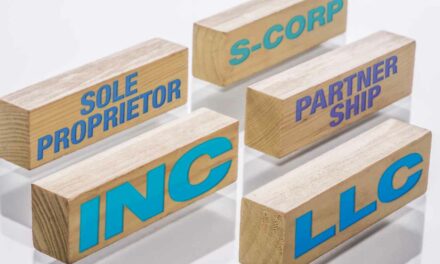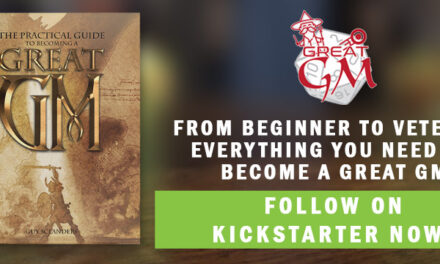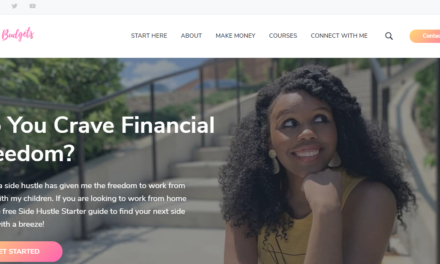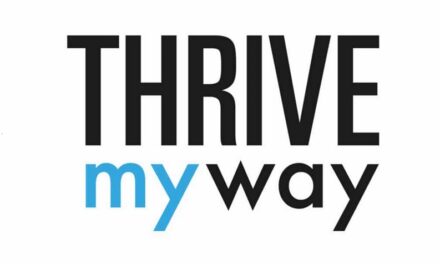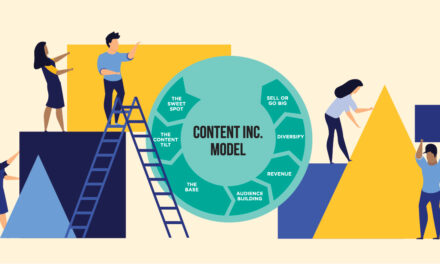Creator entrepreneurs can never stand still. You must iterate whether you’re just launching your business or have been growing it for years.
To do that, you can use a model built around design thinking shared by Becky Pierson Davidson, head of product at bossbabe, at the Creator Economy Expo.
According to the Interaction Design Foundation, design thinking is “a non-linear iterative process … to understand users, challenge assumptions, redefine problems, and creative innovation solutions to prototype and test.”
I like Becky’s simpler explanation of design thinking – “a process and way of creating products and experiences.”
Her model follows a double-diamond framework – discover, define, develop, and deliver. Once you begin the process, it has no beginning or end because you’re always experimenting. Here are the five things to do for a design-thinking process in your content business:
1. Discover: You may have a checklist of things you want to know about your audience, but don’t stop there. Collect as much information from and about your customers as feasible.
Your intent should be to understand them and really understand their problems. To accomplish this, do interviews, search the internet, conduct competitive research, etc.
Example: At bossbabe, they interviewed 20 members of their audience of over 10,000. (They saw trends after four to five interviews.) They surveyed the entire membership. They also reviewed members’ posts in their communities to identify themes, pain points, and what they wanted help with.
2. Define: Take all that you’ve learned and group them. What correlations and themes do you see?
After conducting this analysis, you’ll arrive at what Becky calls a “bow-tie moment,” where you can wrap it all up and define the problem you are solving:
[My customer] needs [customer need] because [insight or why].
Example: After its discover stage, bossbabe defined this community mission: “Women entrepreneurs need a way to find other women entrepreneurs by location and business stage because they desire connection, accountability, and mentorship.”
3. Develop: Come up with a list of as many possibilities as you can to help your customer complete the defined statement. Get creative in the process. If you’re a tactile person, use handwritten sticky notes. If you prefer digital, use a spreadsheet or other tracker system.
Prioritize the ideas based on customer value, business value, and level of effort.
Example: The bossbabe team did a workshop and used the sticky note approach. They prioritized using a dot-voting method. Each team member had a few sticky notes and put one on each idea they thought should be a priority. In the digital world, you can use a voting tool to identify priorities.
4. Deliver: Create the product that you think will best address the customer’s need, deliver the value the business needs, and can be done within the available resources.
Example: The project identified by bossbabe was a new community pilot program for 80 members on a new platform with new connection spaces, event types, and member directory filters. (Three-fourths of those invited to the program signed up within 24 hours after receiving the email.)
5. Loop: Go in and out of experimentation. Expand on the delivered ideas that work. Stop the ones that don’t. Repeat the design-thinking process.
Becky says you shouldn’t think of this process as linear. At some stages, you may want to do more discovery. At other points, you may want to deliver something new. Or maybe you want to develop different ideas. Perhaps you want to do several steps at once.
The choice is yours. Just be sure to be deliberate and always think about your definition – what your customers would need or want your help to do.
– Ann Gynn
Are you a content creator turning content entrepreneur? The Tilt newsletter can help. Subscribe today.
About the author
Ann regularly combines words and strategy for B2B, B2C, and nonprofits, continuing to live up to her high school nickname, Editor Ann. An IABC Communicator of the Year and founder of G Force Communication, Ann coaches and trains professionals in all things content. Connect with her on LinkedIn and Twitter.





